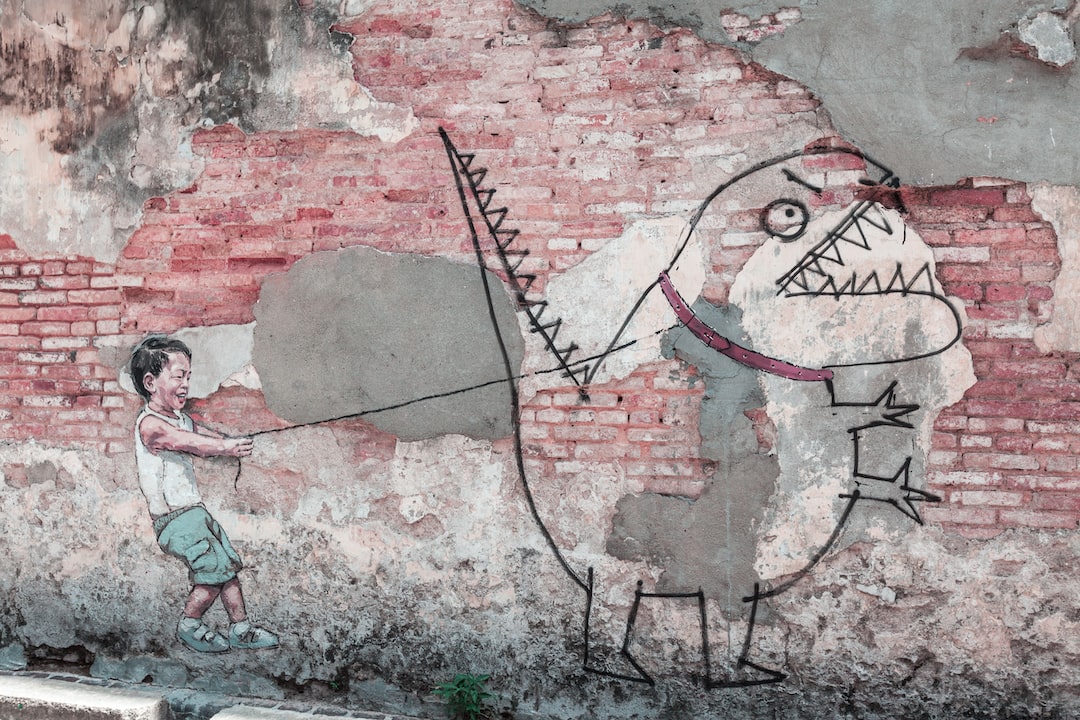Throughout history, the LGBTQ+ community has been underrepresented in the art world. However, there have been a few notable works of art portraying LGBTQ+ individuals. These artworks have had a significant impact on the representation and acceptance of the community.
One of the first known works of art portraying LGBTQ+ individuals is the Ancient Greek pottery known as “The Warren Cup.” The Warren Cup depicts two men having sexual intercourse. Such depictions were not uncommon in Ancient Greece, where they were considered a normal part of life.
During the Renaissance, Michelangelo’s famous statue “David” has been speculated to be a representation of the LGBTQ+ community. The statue’s idealized male physique lit the way for representations of the male form that were often seen as homoerotic.
Later, the 19th century saw the emergence of the movement known as “Aestheticism,” which placed a significant emphasis on art that embraced beauty and sensuality. Many of the works produced during this time featured homoerotic themes and LGBTQ+ subjects. A notable example of this would be British artist and writer, Aubrey Beardsley’s ‘Salome.’ The play’s illustrations, which depicted androgynous figures and their sexual encounters, drew attention for their overt homoeroticism.
In the 20th century, photography emerged as a significant medium for portraying marginalized communities, including the LGBTQ+ community. Photographs such as Robert Mapplethorpe’s portraits of various gay male S&M subcultures, captured scenes that were considered taboo at the time. Mapplethorpe’s works pushed boundaries and opened up the discussion about the subject matter’s validity in the art world.
In the 21st century, LGBTQ+ art is more prevalent than ever. Artists such as David Hockney, a British painter, and photographer, have found new ways to integrate gay communities’ experiences into their work. Hockney’s work offers a colorful universe full of gay men and their daily lives effortlessly. The American painter, Kehinde Wiley, focuses on portraiture, using contemporary black men as subjects. Wiley often depicts the black male body in a queer and inclusive manner.
However, there is still a long way to go in terms of representation and visibility of the LGBTQ+ community in art. There have been some attempts at erasure: removing or altering the LGBTQ+ subjects in works of art after their creation. In 2020, a recently discovered bi-curious painting by Renaissance artist Sandro Botticelli was removed from an upcoming exhibition without explanation, raising concerns of censorship.
LGBTQ+ art has come a long way over the centuries, but the art world still has much to do in terms of representation and visibility of marginalized communities. Art is a beautiful expression of the world around us. By opening our eyes to diverse perspectives, it can help us foster understanding, acceptance and create a socially cohesive society. It is only when these subject matters are normalised through art that we can hope to create a world where everyone feels included, appreciated and understood.

